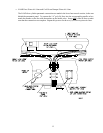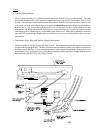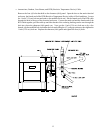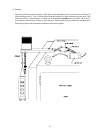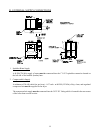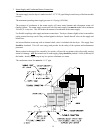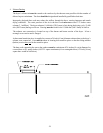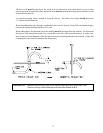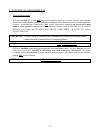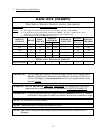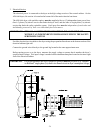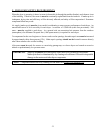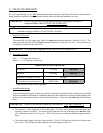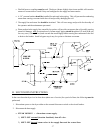
20
4.
Exhaust Ducting
The dryers exhaust air must be vented to the outdoors by the shortest route possible with the number of
elbows kept to a minimum. The duct should be designed and installed by qualified technicians.
Improperly designed duct work may reduce the airflow through the dryer, causing improper and unsafe
drying conditions. The static pressure of the air in the duct work must not exceed 1.25 inches water
column (3.1 millibar). The dryer exhausts 11,600 cfm (328.5 cmm) of air during the drying cycle, 13,000
cfm (368.2 cmm) during cool down. Ducting must be sized for the 13,000 cfm (368.2 cmm) of airflow.
The exhaust vent connection is located on top of the burner and heater section of the dryer. It has a
rectangle cross section and is flanged.
A sheet metal transition piece is supplied to connect a 24-inch (61 cm) diameter exhaust duct to the dryers
exhaust vent connection. Care must be taken in locating this transition piece so that the tilting tumbler
(basket) section does not hit the transition piece.
The duct work connecting the vent to the outdoors must be a minimum of 24-inches (61 cm) in diameter for
a round duct or 625 square inches (4,032.25 square centimeters) for a rectangular duct (a 22-inch [56 cm]
square duct would be sufficient).




